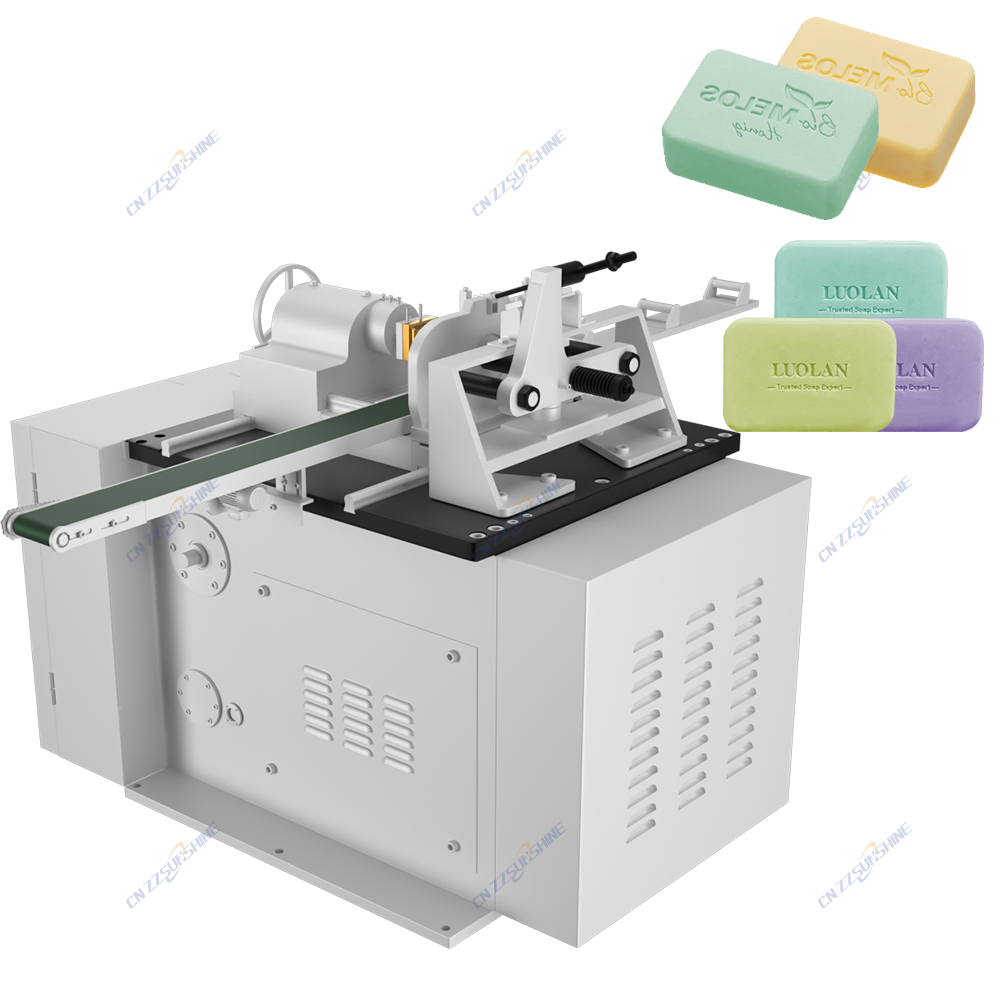An efficient industrial soap production line is the backbone of modern soap manufacturing, whether targeting the laundry bar or premium toilet soap markets. Achieving consistent quality, high output, and cost-effectiveness demands integrating specialized machinery into a seamless process. This article explores key components and strategies for optimizing your soap making machine setup.
The foundation lies in robust **mixing machines**. High-capacity **industrial mixers for chemical processing** handle the initial blending of fats/oils, alkali, and additives, ensuring homogenous saponification. Precision here prevents costly downstream issues. Following mixing, the refining stage often employs a **three roller mill for cosmetics** or similar technology. These mills exert immense pressure to refine the soap base, achieving the smooth texture essential for both **laundry bar soap production lines** and **bath soap making machines**.
The refined soap then moves to the heart of the line: the **soap plodder**. Modern **vacuum plodder** units are critical. They work under vacuum to remove air pockets, significantly enhancing soap bar density, durability, and lathering properties. This step is non-negotiable for premium **toilet soap finishing lines**. The vacuum-plodded soap log emerges ready for shaping.
Cutting accuracy is paramount. **Custom soap cutting machines** or **electric washing soap cutters** provide precise, consistent bar sizing with minimal waste. For high-volume operations, integrating an **automatic soap production line** that includes synchronized **automatic block cutter machines** significantly boosts throughput. Choosing the right **cutter** depends on bar size, shape complexity, and desired automation level.
Finally, the **toilet soap finishing line** or **laundry soap making line** concludes with stamping, cooling, drying, and packaging. **Automatic packing machines for food** (often adaptable for soap) ensure hygienic, efficient wrapping. Integrating an **industrial chiller for machinery** is often essential to cool hydraulic systems, extruders, and cutters, maintaining optimal operating temperatures and prolonging equipment life, especially vital in large **high efficiency flour mill plant** co-locations or standalone soap factories.
Optimization involves selecting reliable equipment, like a **factory price industrial chiller** or **OEM three roller grinding mill**, ensuring compatibility between stages (e.g., **soap mixer** output matching **soap plodder** capacity), and focusing on energy efficiency. Partnering with experienced suppliers, including leading **China feed processing machine suppliers** who often diversify into soap tech, provides access to advanced, cost-effective solutions. By strategically integrating these components – **mixing machine**, **vacuum plodder**, **custom soap cutting machine**, and efficient cooling/packaging – manufacturers can build a truly competitive **beauty soap making line** or high-volume laundry bar operation.




